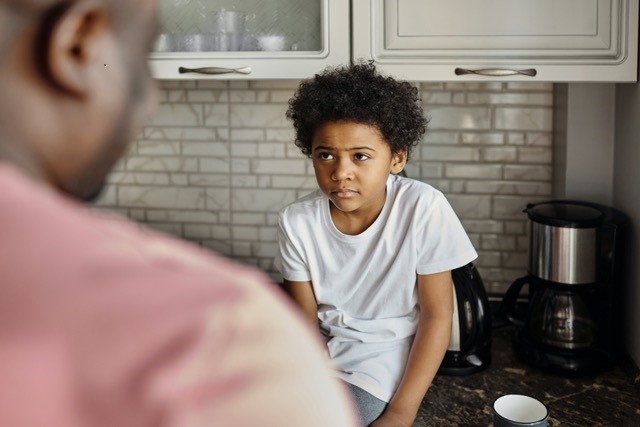
Written by: Cecilia Konney, Information and Communications Officer
I was in Geography class in grade six, when my teacher showed us a National Geographic video of orangutans and gorillas. As the animals played across the screen, Tomas, another student, loudly said, “Cecilia, which ones are your family?” I couldn’t think fast enough with a retort as our teacher asked us all to quiet down. It was at that very moment I became acutely aware of race. What hurt me the most was the non-action response my teacher took – he didn’t reprimand the student, he just asked the class to settle down. I tried to squeeze back the tears as the class laughed at Tomas’s comment and I was helpless.
The recent events in the US – George Floyd’s widely shared video of his death, as the world watched him take his last breath along with the death of Regis Korchinski-Paquet, a Toronto woman who fell to her death from an apartment building as police intervened – has opened the wounds on race relations in the US and Canada and has brought the conversation of racism into not only Black families, but many families and homes.
Dr. Ashaunta Anderson, an attending physician at the Children’s’ Hospital in Los Angeles, wrote in her article Talking to Children about Racial Bias how easily children learn racial bias. By six months a baby notices different races; between ages 2 to 4, racial bias in children is internalized and by 12 years-old, racial beliefs are set and parents are responsible for this learning process. By the time Tomas turned twelve, the ground work for his biases were already set.
I recently had a conversation with my friend Kaki who is raising two bi-racial youths in Toronto. We spoke about race and racism and I asked her how she was gong to raise her sons and teach them about racism. She mentioned that she is always thinking about raising her sons in Toronto and she couldn’t put off the conversation about racism as her sons are getting older and they understand differences of skin colour between people. “I’ll follow their lead when it comes to teaching them. Seeing where they are and taking it from there.”
When and how to speak to children about racism can be a daunting task. When speaking to your child, make sure your conversation is age appropriate and try to gauge their interest as some children may be too young to understand or comprehend what you want to communicate.
Here are some recommendations on how to speak to your children about racism.
1.Let your Child lead the way
Your child will give you clues as to when and how to have a conversation about race and racism. They may need time to process the information, or some may be curious to learn more. Be prepared to answer their questions.
2. Don’t feel pressured to have all the answers
It’s hard to know what to say and how to say it and you don’t want to overwhelm children with more than they can handle. Sometimes, you may not have the right answers or the words to express yourself. Explain yourself the best you can and don’t be afraid to come back to the topic on another day.
3. Check in with their emotions
A topic such as racism can have a large effect on a child. Check in on their emotions, they may internalize what they see or hear. Let your child know “it’s okay to feel…” and don’t be afraid of their process to emote.
You can find additional resources on How to Talk to Children here.